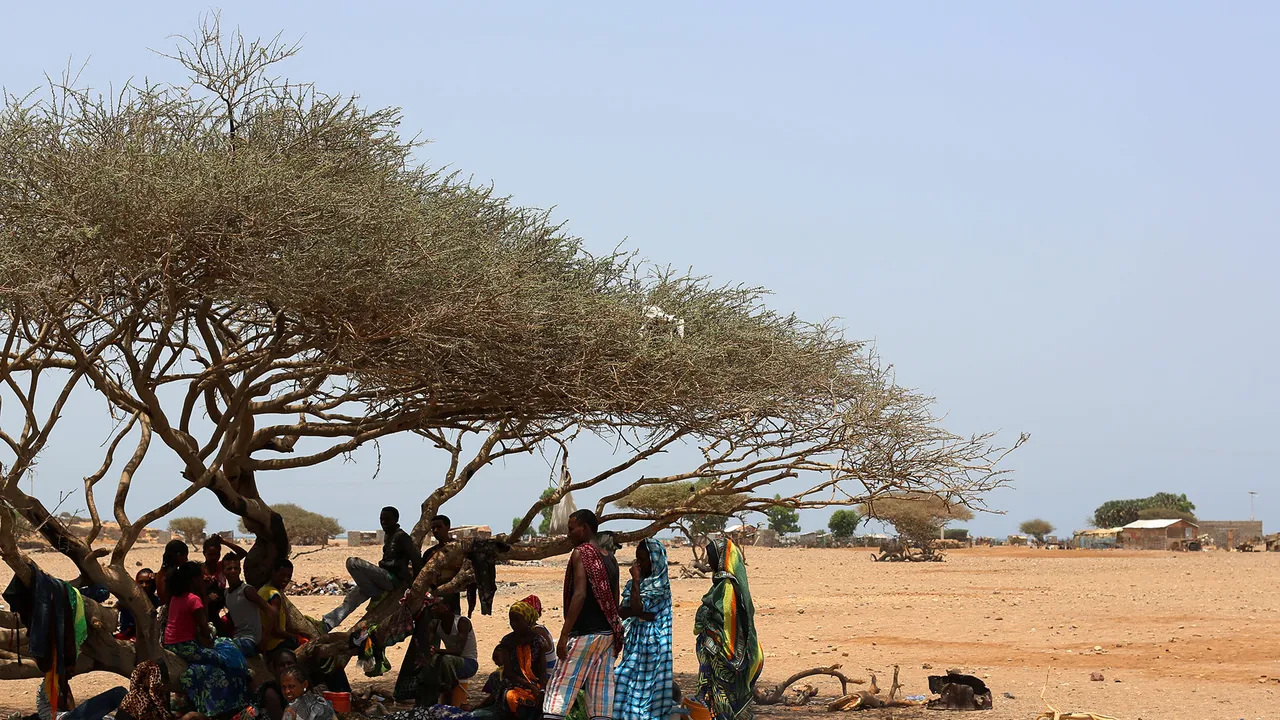
NGOCSTIP – Ethiopian Migrants risk everything in search of a better life but often face brutal exploitation. More than 132 people from Ethiopia went missing after their boat capsized while en route to Yemen. Among the missing was 19‑year‑old Nigus Yosef from Tigray who sought work abroad to support his family. Fifteen-year-old Eden Shumiye boarded the same ill-fated vessel after smugglers lured her during a market day. Traffickers contacted families and demanded ransom, even after confirming the victims had died. These horrifying ordeals show how expensive or unreachable legal migration routes force vulnerable people into risky choices. Experts consistently warn the public that a lack of safer pathways will cause more lives to fall into trafficking’s deadly grip.
The tragic incident highlights how Ethiopian Migrants regularly fall into the hands of ruthless trafficking networks as soon as they set foot on the water. Boats bound for Yemen and the Gulf often overload, lack safety measures, and sail through violent seas. Once migrants land on shore, traffickers target them for ransom or forced labor. In one case, a mother sold all her valuables in a desperate attempt to secure her daughter’s return only to learn later that her child was dead. Families bear emotional and financial ruin while authorities struggle to bring traffickers to justice. With each passing disaster, the barriers to legal migration seem higher, leaving desperation as a breeding ground for exploitation. The cycle will continue unless international agencies and governments step up to provide real alternatives.
Beyond the terror of a capsizing boat, traffickers extend suffering with ransom calls to grieving families. Even those confirmed dead are not spared. Demands escalate as smugglers prey on hope and fear. A mother who sold her car and jewelry still faced more demands after trying to honor the ransom terms. These transactions often go untested because survivors or kin lack access to legal recourse. Traffickers remain shielded by fear and chaos. This sad reality reveals how trafficking profits multiply not only from migration routes but also from exploitation of emotions. Financial ruin becomes a second wave of trauma after the initial loss. Without enforceable regulations and support systems, victims and their families stay trapped in trafficking’s poisoned cycle.
Desperation pushes Ethiopian youth toward smugglers. Rising unemployment, post‑war instability in Tigray, and closed legal routes force them to risk perilous journeys. Obtaining passports costs more than many families can afford and official visas carry lengthy delays. People face two bleak choices: join youth fighting in ongoing unrest or pay traffickers to carry them across oceans. Many choose the latter hoping to send remittances back home. Tragically, they risk death or disappearance instead. Safe, affordable, and accessible legal routes could disrupt this cycle. Without alternatives, traffickers will continue to thrive. Advocacy groups push for regional cooperation and humanitarian corridors that respect dignity and safety.
The maritime route from East Africa to Yemen has become a highway of death. Incidents like the recent capsizing are far too frequent. In 2025 alone, over 350 migrants have drowned or gone missing attempting this crossing. The latest vessel carried nearly 200 people; only a handful survived. Others have been kidnapped, tortured, or trapped in detention. Parents lose children without closure. These tragedies represent systemic failures in migration policy and protection. The route remains active because demand persists. Victims chase the illusion of a better life, not knowing that their aspirations become tools of exploitation. Breaking the cycle requires collaboration between source, transit, and destination countries to establish rescue protocols and preventive frameworks.
This tragedy underscores a pressing need for comprehensive reform to safeguard vulnerable populations. Governments must provide legal migration alternatives that are affordable, timely, and just. International agencies should expand search‑and‑rescue operations and crack down on trafficking networks. Support systems must extend to survivors and families of victims. Funding and coordination for cross‑border investigations will help dismantle exploitative gangs. Elevating public awareness can pressure leaders to act. Allowing safer channels and prosecuting traffickers are necessary steps toward ending the invisibility of victims. And most importantly, we must recognize that no one chooses danger when presented with hope and security.